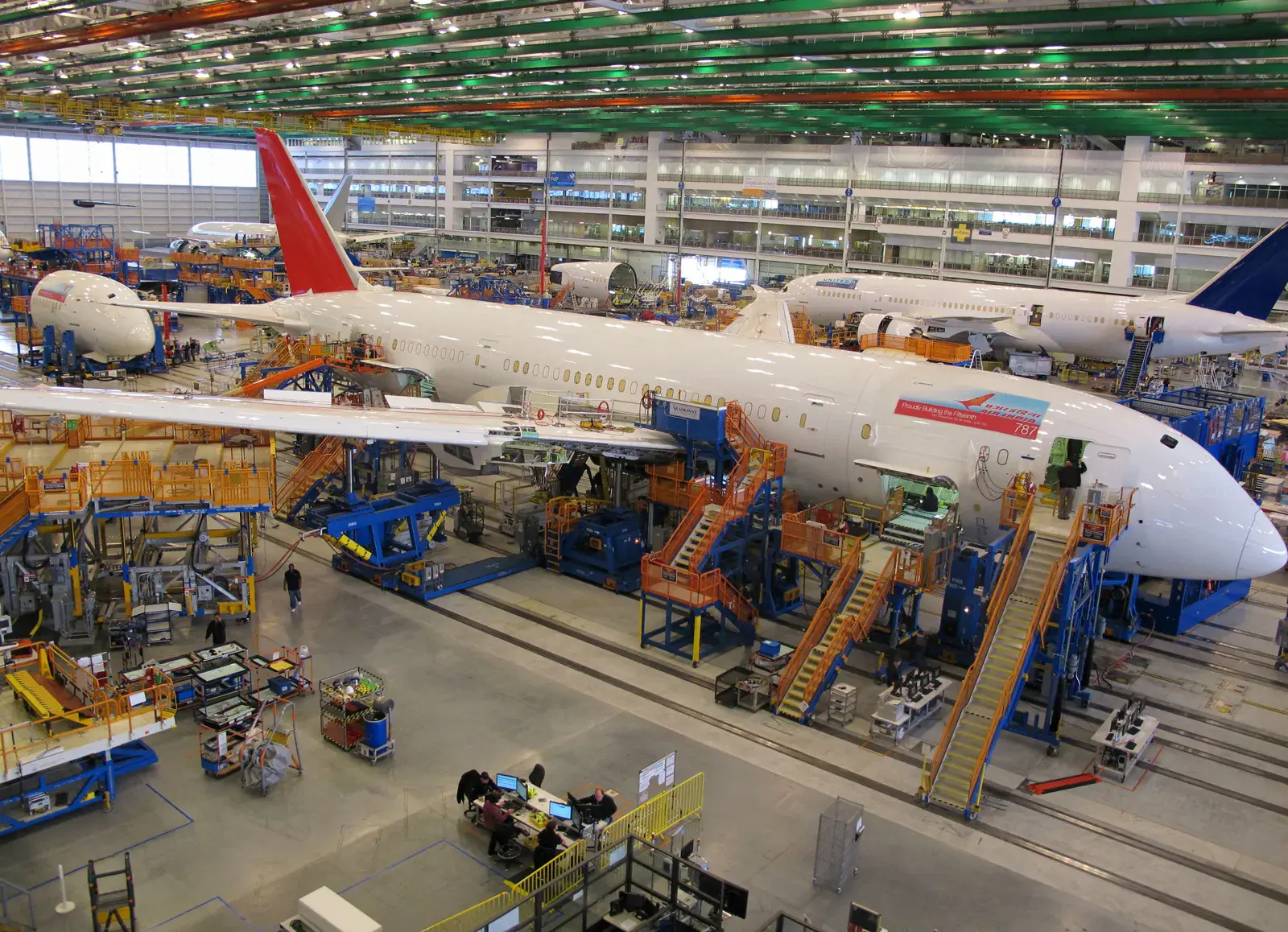How Aerospace Materials Are Improving Safety and Performance in Aviation
In the fast-evolving world of aviation, aerospace materials play a crucial role in enhancing both safety and performance. As airlines and manufacturers strive to make aircraft more efficient, lightweight, and durable, advancements in aerospace materials have led to the development of cutting-edge technologies that improve every aspect of flight. From enhancing fuel efficiency to increasing structural integrity, these materials are revolutionizing the aviation industry. In this article, we will explore how aerospace materials are driving innovation and making air travel safer and more reliable. ✈️🔧
The Role of Aerospace Materials in Aviation 🔩
Aerospace materials refer to the specialized materials used in the construction of aircraft, spacecraft, and other aviation technologies. These materials are designed to meet the demanding requirements of high-performance flight, including durability, weight reduction, heat resistance, and strength. By integrating advanced materials such as composites, titanium alloys, and high-strength steel, aerospace manufacturers have been able to push the boundaries of aviation engineering. Let’s take a deeper look at how these materials are enhancing aviation safety and performance. 🚀⚙️
1. Lightweight Composites for Enhanced Performance 🏋️♂️
One of the most significant advancements in aerospace materials is the use of lightweight composite materials. These materials, such as carbon fiber-reinforced polymers (CFRP), offer incredible strength-to-weight ratios, which make aircraft significantly lighter and more fuel-efficient. Lighter aircraft consume less fuel, resulting in lower operating costs and reduced environmental impact.
| Material | Key Features | Best For | Benefits |
|---|---|---|---|
| Carbon Fiber Reinforced Polymers (CFRP) | High strength, low weight, resistance to corrosion | Aircraft fuselages, wings, engine components | Improved fuel efficiency, enhanced performance |
| Glass Fiber Reinforced Polymers (GFRP) | Durable, cost-effective, easy to mold | Aircraft interior parts, non-structural components | Reduced weight, better fuel economy |
Composites are now widely used in the construction of key aircraft components such as wings, fuselages, and tail sections. These materials help enhance performance by reducing weight without compromising strength, leading to improved fuel efficiency, higher payload capacity, and better overall flight performance.
2. Titanium Alloys for Strength and Durability 💪
Another critical material in the aerospace industry is titanium alloys. Titanium is known for its exceptional strength, lightweight nature, and resistance to high temperatures and corrosion. These qualities make titanium alloys ideal for use in high-stress components such as turbine blades, engine parts, and landing gear.
| Material | Key Features | Best For | Benefits |
|---|---|---|---|
| Titanium Alloys | High strength-to-weight ratio, excellent heat resistance | Aircraft engines, landing gear, structural components | Improved durability, resistance to extreme conditions |
By using titanium alloys, manufacturers have significantly enhanced the safety and performance of aircraft, as these materials can withstand the extreme pressures and temperatures experienced during flight.
3. Aluminum Alloys for Structural Integrity 🏗️
Aluminum alloys have been the backbone of aviation materials for decades. Known for their light weight and high strength, aluminum alloys are used extensively in the structure of aircraft. Innovations in aluminum alloy technology have led to stronger and more resistant materials that can endure the stresses of modern aviation while keeping the aircraft as lightweight as possible.
| Material | Key Features | Best For | Benefits |
|---|---|---|---|
| Aluminum Alloys | Lightweight, corrosion-resistant, cost-effective | Aircraft wings, fuselages, fuel tanks | Reduced weight, increased safety and strength |
Advancements in aluminum alloys have led to improvements in aircraft structural integrity, ensuring that critical parts of the aircraft remain strong and safe under extreme conditions.
4. Heat-Resistant Materials for Engine Performance 🔥
The engines of modern aircraft operate at extremely high temperatures, which requires the use of advanced heat-resistant materials. Materials such as ceramic matrix composites (CMC) and superalloys are designed to withstand the intense heat generated by jet engines, allowing them to operate more efficiently and safely.
| Material | Key Features | Best For | Benefits |
|---|---|---|---|
| Ceramic Matrix Composites (CMC) | High-temperature resistance, lightweight, durable | Jet engines, turbine blades, combustion chambers | Improved efficiency, longer service life |
| Superalloys | Excellent heat resistance, strong at high temperatures | Aircraft engines, turbine components | Enhanced engine performance, better fuel efficiency |
By using heat-resistant materials, aircraft manufacturers are able to design engines that can operate at higher efficiencies, reducing fuel consumption and increasing overall safety during flight.
5. Smart Materials for Future Aviation 🌟
Looking ahead, smart materials are expected to revolutionize the aviation industry. These materials can respond to external stimuli such as changes in temperature, pressure, or electrical charge. For example, shape-memory alloys (SMAs) can change their shape in response to temperature, making them ideal for applications such as self-healing structures or adaptive wings that can adjust their shape during flight for optimal aerodynamic performance.
| Material | Key Features | Best For | Benefits |
|---|---|---|---|
| Shape-Memory Alloys (SMAs) | Shape-changing properties, adaptive behavior | Adaptive wings, self-healing structures | Increased efficiency, better aerodynamics |
| Piezoelectric Materials | Generates electrical charge when under stress | Vibration dampening, structural health monitoring | Enhanced safety, real-time monitoring |
The incorporation of smart materials in the future of aviation will enable dynamic aircraft systems that can adapt to changing conditions, offering new possibilities for improved performance and safety. 🔧🔋
Conclusion: The Future of Aerospace Materials ✈️🔮
As the aviation industry continues to evolve, aerospace materials will play a critical role in shaping the future of air travel. The use of lightweight composites, titanium alloys, aluminum alloys, and heat-resistant materials has already led to significant improvements in safety and performance. Looking forward, the development of smart materials promises even greater advancements, making future aircraft even more efficient and secure. By staying at the forefront of aerospace materials technology, manufacturers can continue to enhance the safety and performance of aviation, ensuring a bright future for the industry. 🌍✈️




